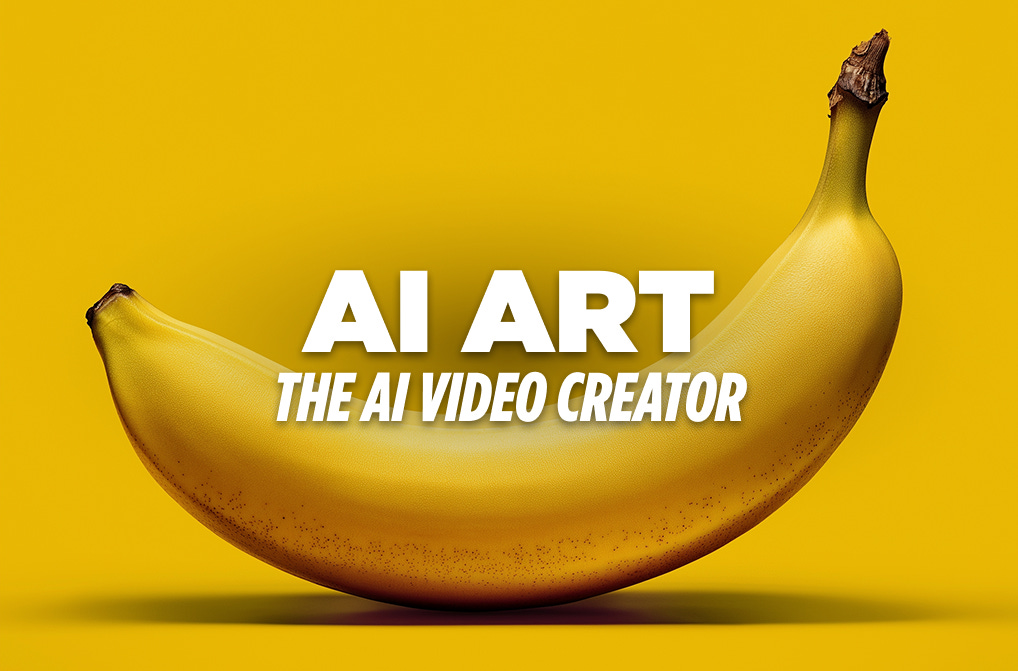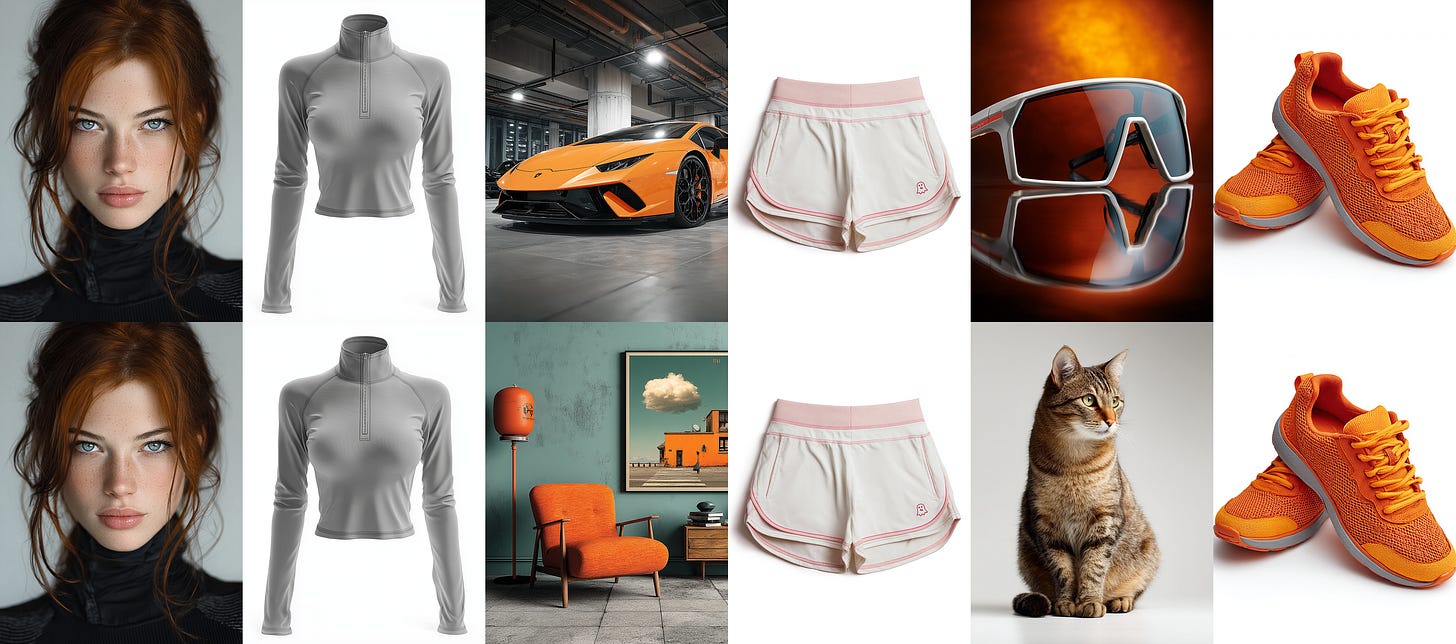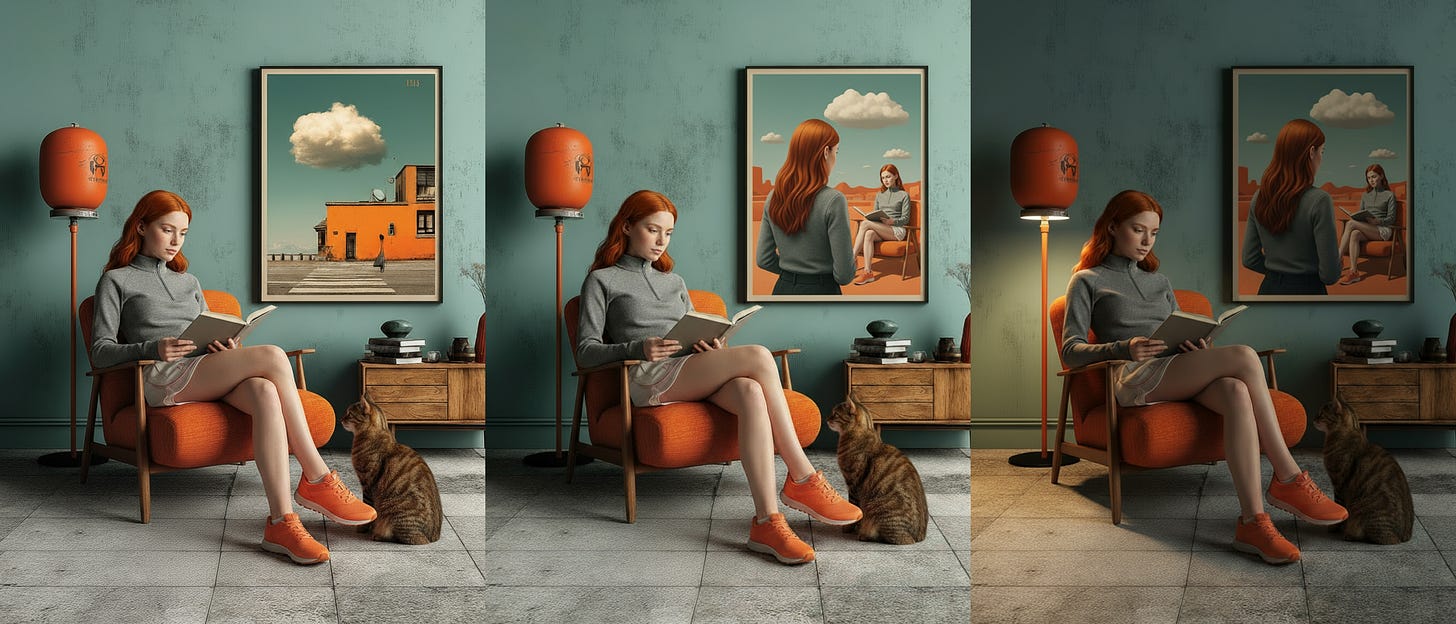Google's Nano Banana (almost) solves AI's biggest image problem
An inside look at Gemini 2.5 Flash Image and how it greatly improves character consistency and complex scene creation.
I know you struggle with character consistency in your AI generations.
We all do.
You imagine amazing stories, ads, and music videos, only to bump into the same wall, again and again. You finally create the perfect character, and in the next image, they're replaced by their less-attractive cousin. It's frustrating enough to make you want to quit.
But there is hope.
If you've seen cryptic yellow bananas flooding your AI timeline, that’s the sign. That's "Nano Banana," the codename for a Google feature that fixes this, and so much more: Gemini 2.5 Flash Image.
This isn't just another update; it’s a state-of-the-art model that addresses the most painful parts of AI creation.
Why this is a… (sorry, I’m going to say it) Game-Changer
(Apologies for the GC words. I try so hard to avoid hyping stuff. But I do have high hopes on this new feature.) This model directly solves three massive headaches for creators:
The "Evil Twin" Problem: It
finallyalmost nails character consistency. You can create a character and confidently place them in a desert, underwater, or at a disco, and they'll actually look like the same person. This is a massive unlock for comics, storyboards, and branded content.The "Prompt & Pray" Problem: Creating complex scenes with multiple subjects is a nightmare. Kling andPika have similar features, but with less possibilities. Google jumping in to solve this will force others to do the same. You’ll get precise control to build scenes element by element.
The "Back to Photoshop" Problem: Gemini 2.5 Flash allows you to edit images with simple, conversational language, saving you time and frustration. Yes, there are other AI Editors out there. But the results from Flash have been good, and if you see the big picture, you’ll see the powerful ecosystem Google is assembling: Gemini, Veo 3, Imagen 4, NotebookLM, and now some bananas.
The industry is moving at lightning speed to adopt it. It’s already available on Freepik, ImagineArt, and Higgsfield, and Adobe just integrated it into Firefly.
And, just because, the good folks at Google released these niche templates:
Add Precise editing and filters to your images with this tool.
Drag and drop objects to your home canvas template.
See yourself though the decades.
Let's see the Nano Bananas in action. I used Freepik to generate these images.
Use Case #1: The Scene Director (Multi-Image Fusion)
Instead of wrestling with one impossibly long prompt, you can now compose your image like a film director setting a scene. You control every element.
First, we start with separate images of our components for 2 different shots:
Then, we act as the director, using a simple prompt to blend them into a cohesive scene.
Prompt: Red haired woman reading a book sitting in the chair, wearing a tight gray sport sweater, white shorts, orange sport shoes. A cat looks at her sitting on the floor.
The Result:
Boom. Every element is exactly where we want it. You are no longer just a prompter; you are a designer.
Use Case #2: The Magic Wand (Editing with Words)
Now for the fun part: let's push the limits and see where it breaks. We can treat the finished image like a canvas and simply tell it what to change.
We'll apply these edits sequentially using natural language:
Edit 1: move the cat to the right, looking at the woman
Edit 2: add the woman from the poster on the wall, making her look at the sitting woman
Edit 3: the lamp in the left is on, change the lighting of the whole scene to reflect that
This workflow, from composition to fine-tuning, all within one tool using natural language is an amazing creative leap. It’s faster, more intuitive, and frankly, a lot more fun.
The era of frustrating, inconsistent AI images is (almost) over. The era of creative control has begun.








